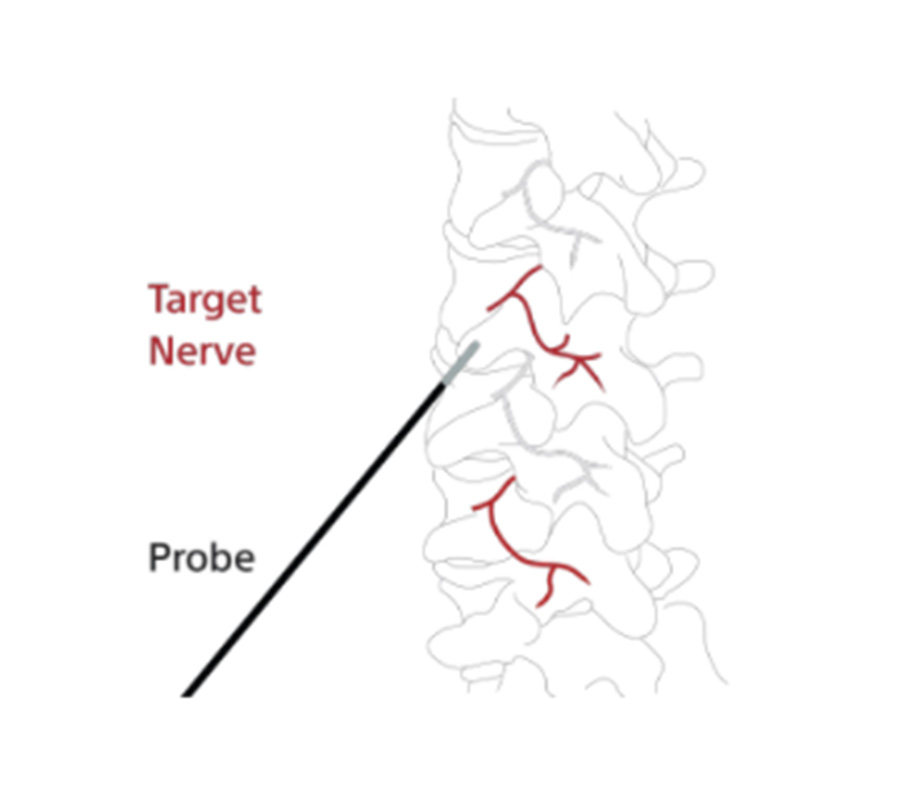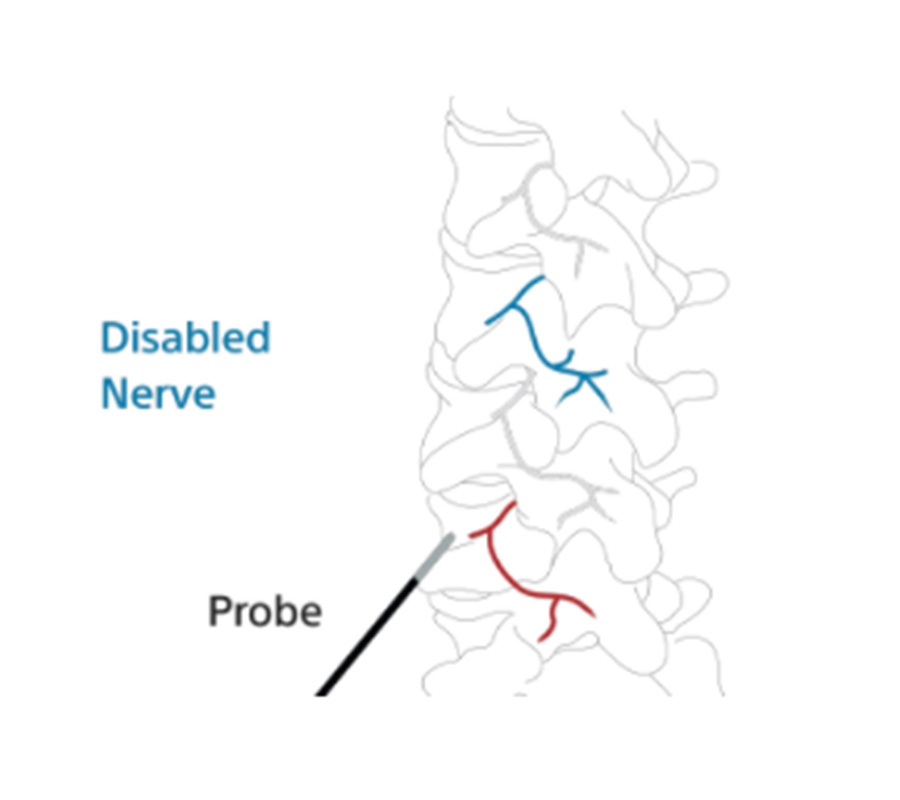RFA is a minimally invasive, non-surgical, outpatient procedure that targets the nerve or nerves causing your pain and uses thermal energy to interrupt the pain signals at their source.
With a quick, simple procedure, RFA can provide months—sometimes even years—of pain relief. It tends to be well-tolerated and has few associated complications. The procedure can be repeated if the pain returns when the nerves regenerate.


This material is for informational purposes only and not meant for medical diagnosis. This information does not constitute medical or legal advice, and Boston Scientific makes no representation regarding the medical benefits included in this information. Boston Scientific strongly recommends that you consult with your physician on all matters pertaining to your health.
CAUTION: The law restricts these devices to sale by or on the order of a physician. Indications, contraindications, warnings, and instructions for use can be found in the product labelling supplied with each device or at www.IFU-BSCI.com. Products shown for INFORMATION purposes only and may not be approved or for sale in certain countries. This material not intended for use in France.




